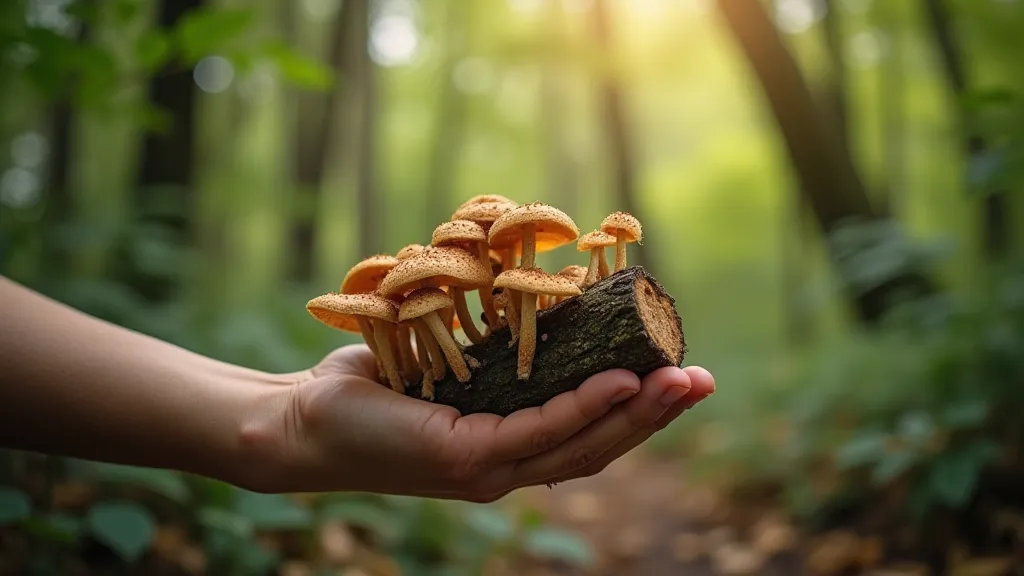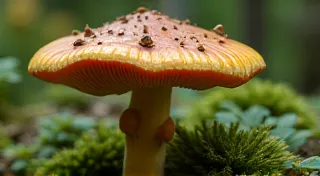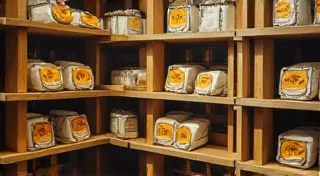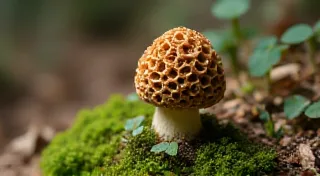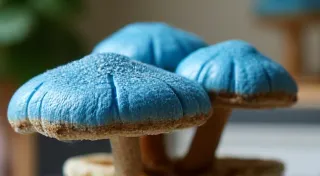Growing Morel Mushrooms: The Challenges and Rewards
Morel mushrooms (Morchella species) are arguably the holy grail for many mushroom hunters and gourmet cooks. Their honeycomb appearance, earthy aroma, and intensely savory flavor make them incredibly sought-after. However, cultivating these prized fungi at home is notoriously difficult, earning them a reputation amongst mushroom growers as the most challenging to fruit. This article delves into the complexities of Morel cultivation, exploring the hurdles you're likely to face and the rewards that await those who persevere.
Understanding the Challenges: Why Morels Resist Cultivation
Unlike many other gourmet mushroom varieties like oyster or shiitake, Morels haven’t readily surrendered their cultivation secrets. Several factors contribute to the difficulty:
- Complex Symbiotic Relationship: Morels appear to have a very specific and poorly understood symbiotic relationship with trees, particularly elms, ashes, and maples. They likely form mycorrhizae, a mutually beneficial relationship where the fungus aids the tree in nutrient uptake and the tree provides carbohydrates to the fungus. Replicating this in a controlled environment is a major obstacle. If you’re new to the world of fungi, understanding the basic principles of mushroom inoculation can be a good starting point; consider exploring articles on mushroom inoculation techniques for a deeper dive.
- Unpredictable Fruiting Triggers: What prompts Morels to fruit remains largely unknown. Temperature fluctuations, moisture levels, and even subtle changes in light exposure seem to play a role, but the precise triggers are elusive.
- Substrate Specificity: Morels are highly selective about their substrate (the material they grow on). While research continues, they appear to thrive on a complex mix of organic materials, often including hardwood, vermiculite, and potentially even soil components. Simply replicating a forest floor isn’t enough; the composition needs to be precisely tailored.
- Genetic Variability: Different Morchella species (and even strains within a species) exhibit varying degrees of cultivation potential. Some strains are simply more amenable to controlled environments than others.
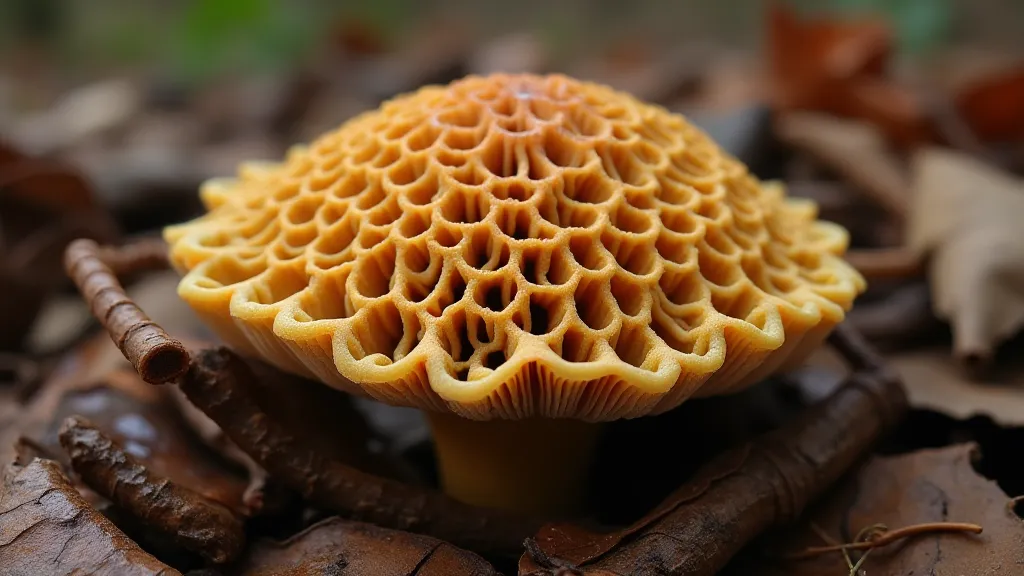
Current Research & Promising Techniques
Despite the difficulty, dedicated researchers and skilled growers are making progress. Here's a look at some promising avenues:
- Mycorrhizal Inoculation: Research is focusing on isolating and cultivating the specific mycorrhizal fungi associated with Morels. Introducing these mycorrhizae to young trees, then attempting to trigger Morel fruiting in the surrounding soil, is a potential, albeit long-term, strategy.
- Substrate Optimization: Ongoing trials are refining Morel substrate recipes. These often involve mixtures of sawdust, coco coir, vermiculite, and other organic matter. Precise ratios and pre-treatment methods (like pasteurization or sterilization) are critical. Many home growers start with simpler varieties; exploring DIY mushroom grow kits can offer a less daunting entry point before tackling Morels.
- Environmental Control: While mimicking natural conditions is ideal, researchers are experimenting with controlled temperature and humidity cycles to try and trigger fruiting. This often involves significant temperature drops simulating seasonal changes.
- Strain Selection: Some growers are focusing on selecting and propagating Morel strains that exhibit a higher propensity for fruiting in controlled environments. This requires careful observation and meticulous record-keeping.
- "Fooling" the Mushroom: Certain growers have had initial success by creating a controlled environment simulating a decaying log on the forest floor. This includes a layered substrate and mimicking forest sounds and smells.
A Step-by-Step Approach (with Caveats!)
It's important to stress that successful Morel cultivation remains an experimental endeavor. The following represents a general framework, not a guaranteed recipe:
- Acquire Morel Spawn: Obtain high-quality Morel spawn from a reputable source. Be wary of online sellers offering unrealistic guarantees.
- Prepare the Substrate: This is arguably the most critical step. A common substrate blend might include: 60% hardwood sawdust (oak, ash, or elm), 20% coco coir, and 20% vermiculite. Pasteurize the substrate to eliminate competing fungi. The exact blend will vary depending on the strain and desired results; experienced growers often experiment with different ratios to optimize yields.
- Inoculation: Thoroughly mix the Morel spawn into the prepared substrate.
- Incubation: Incubate the inoculated substrate in a dark, humid environment, maintaining a temperature between 60-75°F (15-24°C).
- Fruiting Chamber: Once incubation is complete (typically several months), transfer the substrate to a fruiting chamber. This chamber should be humid and have fluctuating temperatures. A common technique is to drop the temperature significantly (down to 45-55°F or 7-13°C) for several days, then raise it again. Maintaining the correct humidity and temperature is crucial for successful fruiting, which often involves a significant investment in monitoring equipment.
- Patience & Observation: Morel cultivation demands immense patience. Closely monitor the substrate for signs of mycelial growth and fruiting. Document your observations meticulously. Detailed record-keeping is essential for troubleshooting and replicating successful runs. Understanding how different substrate components influence growth, and recognizing early signs of fruiting, are key to long-term success.
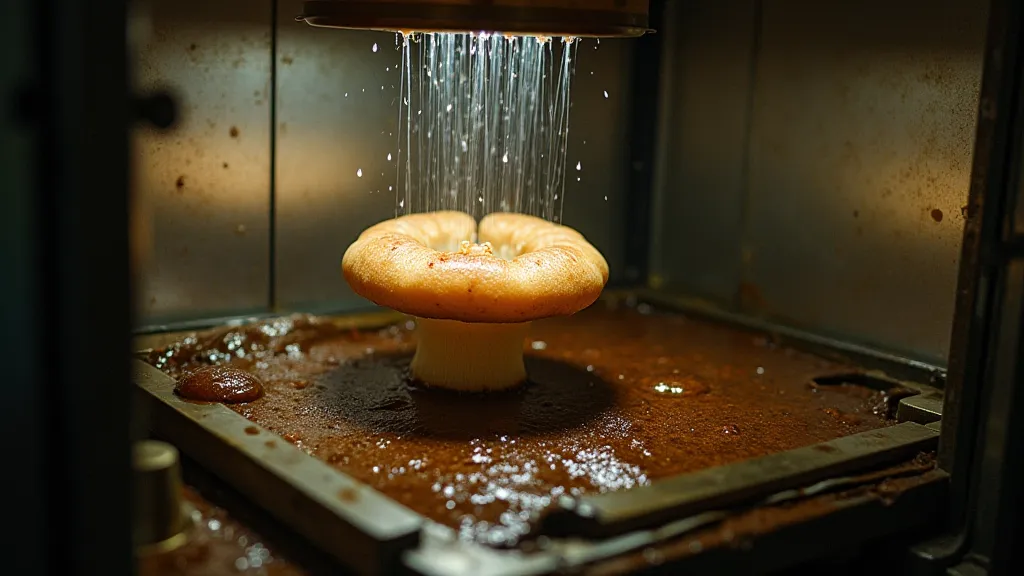
Deeper Dive: Substrate and Environmental Control
Let’s expand on some of the most critical aspects of Morel cultivation: substrate preparation and environmental control. The substrate isn’t just about providing nutrients; it's about creating the right physical environment for mycelial growth and subsequent fruiting. Hardwood sawdust, particularly from trees like oak, ash, and elm, provides the necessary carbon source. Coco coir helps retain moisture and provides aeration, while vermiculite contributes to the overall structure and drainage.
The pasteurization process is crucial. Unlike sterilization (which kills all microorganisms), pasteurization reduces the population of competing fungi and bacteria, creating a more favorable environment for the Morel mycelium to thrive. A common method involves heating the substrate to around 160-180°F (71-82°C) for an hour. However, over-pasteurization can damage the substrate and hinder growth.
Environmental control is equally vital. Morels are sensitive to temperature fluctuations and humidity levels. A consistent humidity of 80-90% is generally recommended. The temperature cycling that mimics seasonal changes is a key trigger for fruiting. Dropping the temperature significantly for several days, followed by a gradual increase, can stimulate pinhead formation. Some growers even experiment with simulating rainfall and natural light cycles to further enhance fruiting.
Troubleshooting Common Challenges
Even with careful planning and execution, challenges can arise. Contamination is a major concern. If you notice signs of mold or other unwanted fungi, it’s best to discard the contaminated substrate to prevent it from spreading. Slow or absent mycelial growth can be caused by several factors, including inadequate substrate preparation, improper incubation temperatures, or low-quality spawn.
Another common issue is “aborting” pins – pinheads that form but then fail to develop into mature mushrooms. This can be caused by fluctuations in humidity or temperature, or by a lack of oxygen. It's essential to maintain stable environmental conditions and ensure adequate ventilation.
The Rewards of Perseverance
Cultivating Morel mushrooms is undeniably challenging. But the potential rewards—the satisfaction of successfully growing a prized delicacy and the unique flavor that only freshly-harvested Morels can provide—make it a worthy pursuit for dedicated home mycologists. The complexity of the process demands patience, meticulous observation, and a willingness to experiment.
Remember that research is constantly evolving. Stay informed about the latest advancements, experiment with different techniques, and share your experiences with the growing community. For those eager to explore other delicious varieties, remember that cultivating oysters, for example, offers a significantly easier introduction to the world of mushroom cultivation. Good luck, and happy growing!
